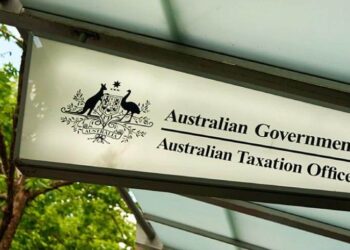Hill Legal principal Chris Hill said if there are two members that are in retirement phase and the member who is dying reverts their pension to the other spouse and there’s going to be an excess transfer balance, then from the ATO’s perspective there’s a choice for the remaining member.
“The choice can be that the receiving member can roll back any excesses to accumulation phase or cash out of the fund,” Mr Hill explained in a podcast with the SMSF Academy’s Aaron Dunn.
However some clients, he said, won’t want the remaining the spouse to have that choice and want to make that election themselves instead.
“For most people who are in non-blended families, they may be happy to leave that choice to their surviving spouse but for a blended family it might be different,” he said.
“[They] may want to specify, for example, a non-reversionary pension up to the transfer balance cap and any excess be paid pursuant to the death benefit nomination.”
This removes the choice from the surviving member as to how the excess is dealt with, he said.
It is important that clients in this situation, who are using both a reversionary pension and death benefit nomination, he said, include a paramount document into the deed, which sets out which documents have priority and how benefits are to be distributed or dealt with.
“If we make it a paramount document, the trustee is then bound by that decision in respect to the excess,” he said.


